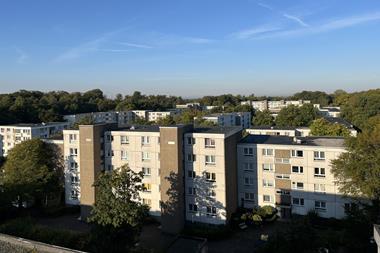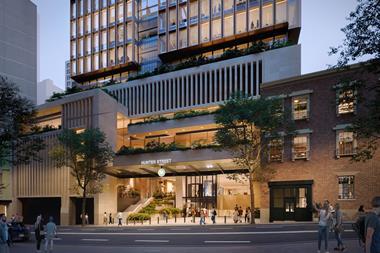Commercial real estate landlords are still offering “considerable” incentives to tenants in a competitive lettings market, according to a report.
The IPD UK Lease Events Review, sponsored by the British Property Federation and Strutt and Parker, found rent-free periods have risen in length to 10.1 months on average – up 43% from 5.7 months in 2007.
The research showed that landlords were offering occupiers better deals to avoid the risk of empty properties, with 49% of tenants choosing to stay in the same place rather than move.
More than three-quarters of those deciding not move are paying either the same or lower rent.
IPD said rising rents and lease lengths were nevertheless good news for landlords – who look to commercial real estate for its stable income yields.
Ian Fletcher, director of policy at the BPF, said landlords and investors were benefiting from longer leases and fewer insolvencies.
“Record rent-free periods, however, suggest we are still some way from seeing the occupier market return to its pre-recession strength,” Fletcher said.
“A corner has been turned, and steady progress is being made towards recovery of our sector’s customers, with a climate for some good deals to be done.”
The survey of more than 90,000 leases across the UK found that new property lease lengths rose to 6.8 years in 2014, their highest since 2008.
IPD said optimism among occupiers of UK retail and office sectors shops was growing, with new commercial property lease lengths hitting a six-year high.
Income lost through insolvencies fell to 4.7%, the lowest since 2010.
Overall, the average length of a newly signed lease declined to less than six years during the height of the recession, as landlords scrambled to secure tenants.
Insolvencies had led to landlords losing 6.2% of their income each year at their peak.
But economic improvements – and the ability to lock-in favourable terms – are leading to tenants signing up to longer leases.
Rental values for commercial property – a further indicator of demand from occupiers – have also risen, by 2.2% in the first three quarters of 2014, more than double the 0.9% recorded for the entire year of 2013.
Leasing conditions varied considerably by sector and geography, particularly between office and retail tenants.












